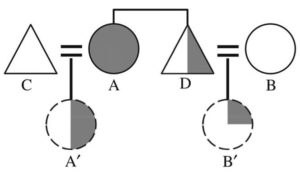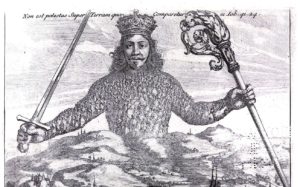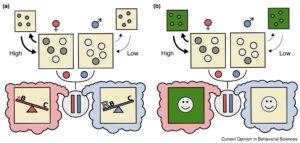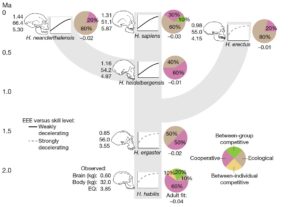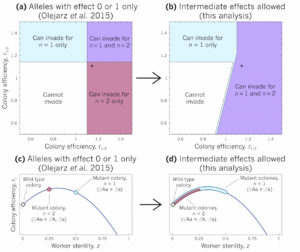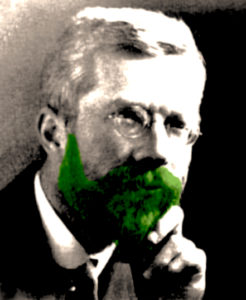Ross L, Davies NG & Gardner A (in press) How to make a haploid male. Evolution Letters.
Haplodiploidy has evolved repeatedly among invertebrates, and appears to be associated with inbreeding. Evolutionary biologists have long debated the possible benefits for females in diplodiploid species to produce haploid sons–beginning their population’s transition to haplodiploidy–and whether inbreeding promotes or inhibits this transition. However, little attention has been given to what makes a haploid individual male rather than female, and whether the mechanism of sex determination may modulate the costs and benefits of male haploidy. We remedy this by performing a theoretical analysis of the origin and invasion of male haploidy across the full range of sex‐determination mechanisms and sib‐mating rates. We find that male haploidy is facilitated by three different mechanisms of sex determination–all involving male heterogamety–and impeded by the others. We also find that inbreeding does not pose an obvious evolutionary barrier, on account of a previously neglected sex‐ratio effect whereby the production of haploid sons leads to an abundance of granddaughters that is advantageous in the context of inbreeding. We find empirical support for these predictions in a survey of sex determination and inbreeding across haplodiploids and their sister taxa.



